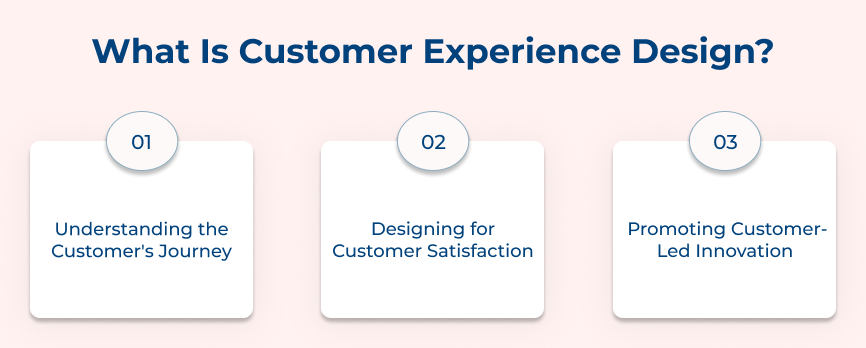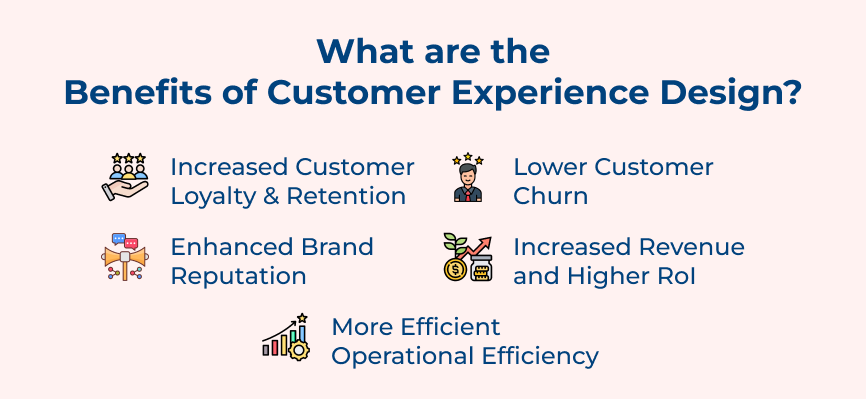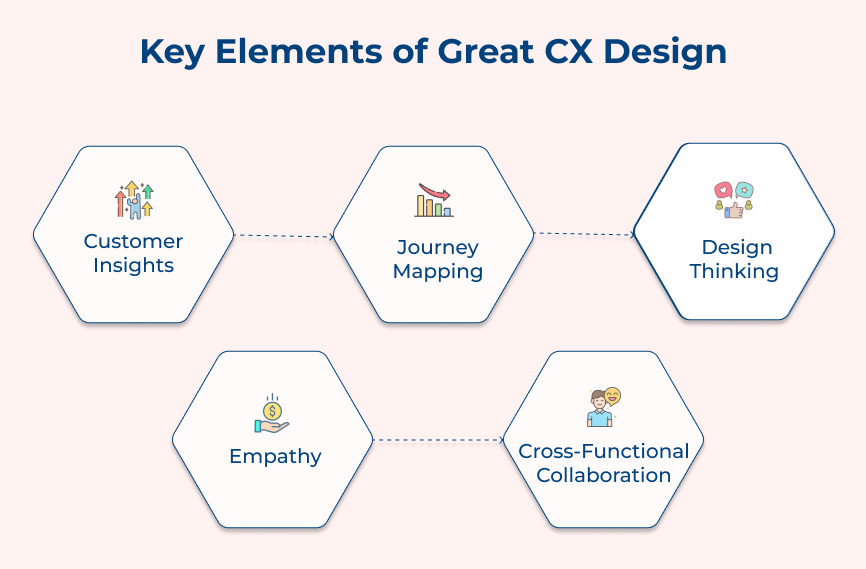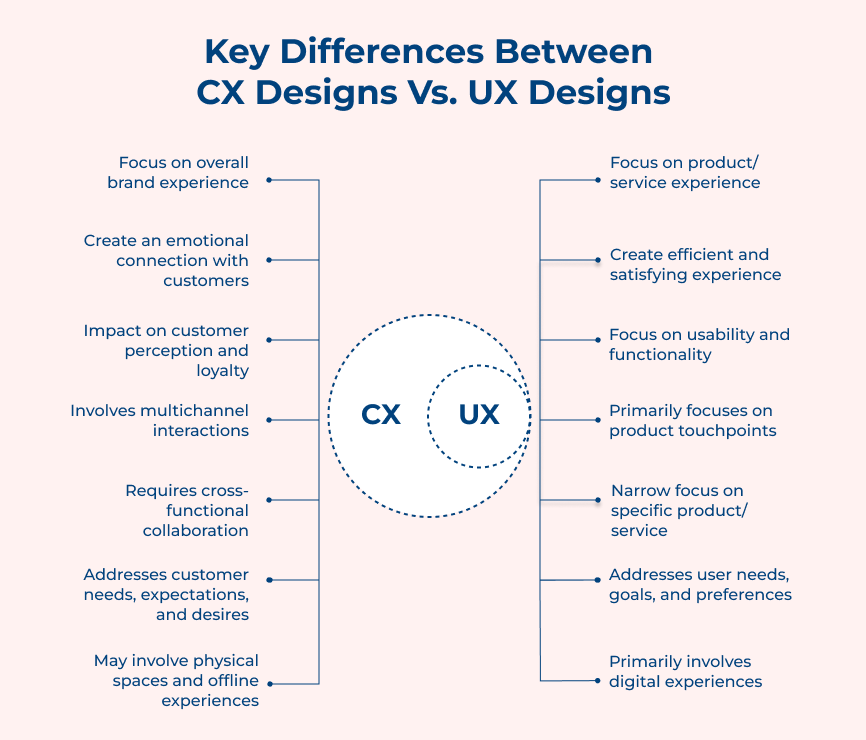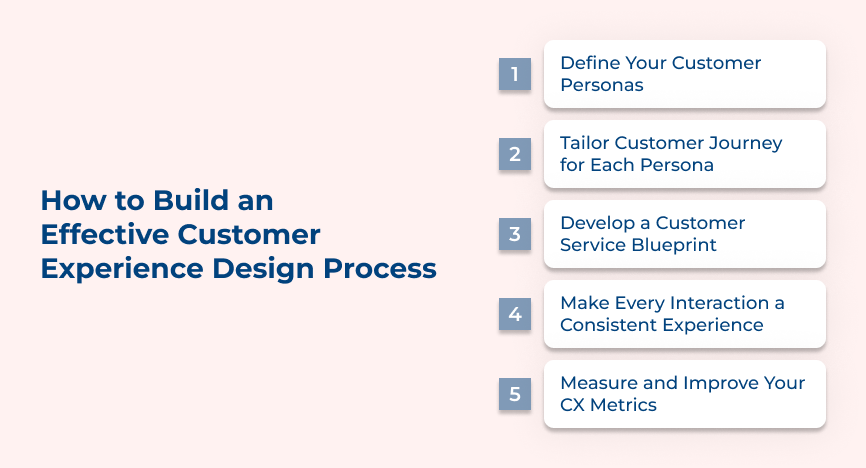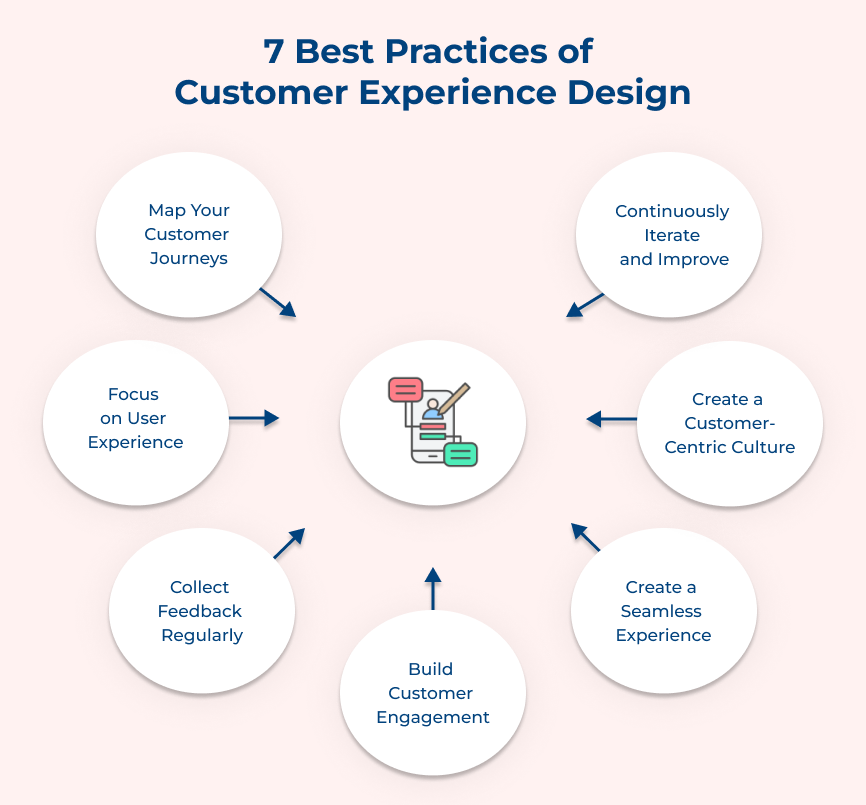Define Your Customer Personas
A customer persona is a detailed representation of the ideal customer. It’s a fictional profile that helps businesses to better understand their target audience’s behavior, goals, fears and needs. Creating a customer persona helps to deliver a more personalized and relevant experience.
You need to gather data from various sources to define your customer personas. Use sources such as surveys, social media analytics, customer feedback, sales data, and customer interviews.
Actionable Tips:
1. Segment your audience: Divide your customers into distinct groups based on demographics, psychographics, and behavior. It helps to create more targeted and relevant personas.
2. Use empathy to understand your customers: Try to understand the motivations, preferences, pain points, and aspirations of the customers. The information can be used to create personas that reflect your customer’s reality.
3. Validate your personas with data: Once customer personas are created, validate them with real data and feedback from the customers. It will help you refine any gaps or inaccuracies in your personas.
Tailor Customer Journey for Each Persona
Tailoring the customer journey for each persona is crucial for delivering exceptional customer experiences and improving customer satisfaction/loyalty. Understanding the unique needs of each customer group allows you to create personalized touchpoints that resonate with them and make them feel valued.
When the customers receive experiences that are aligned with their preferences, they are bound to get attached to the company. Such customers end up becoming a part of loyal customers of the business.
Actionable Tips:
1. Identify the key touchpoints: Analyze the customer journey of each persona and identify the touchpoints where they interact with the brand the most. It could be the website, social media, customer service, or sales team.
2. Create relevant messaging and content: Use the insights from your customer personas to create messaging and content that speaks to them. For example, if one of the personas values sustainability, a business can highlight its eco-friendly practices in its messaging and content.
3. Monitor and optimize the customer journey: Regularly monitor and analyze the customer journey of each persona to identify areas of improvement. Use customer feedback, analytics and surveys to optimize the customer journey.
Develop a Customer Service Blueprint
Developing a customer service blueprint is essential for creating a streamlined and consistent experience for the customers. The blueprint outlines the specific steps and processes that the company will take to ensure customer satisfaction at every touchpoint.
Imagine the company as a vehicle embarking on a journey with its customers as passengers. Now, every journey needs a map to ensure a smooth and enjoyable ride, right? That’s precisely what a customer service blueprint is – a detailed map of the entire journey the customers will undertake when interacting with your brand.
Actionable Tips:
1. Map out the customer journey: Start by mapping out the customer journey to identify all the touchpoints where the company interacts with customers. It includes pre-purchase, purchase, and post-purchase interactions.
2. Define the customer service standards: Define the specific customer service standards that the company will adhere to at each touchpoint. It includes response time, communication tone, and issue resolution policies.
3. Train and empower your customer service team: The customer service team is instrumental in delivering exceptional customer experiences. Provide training and support to ensure they are equipped with the necessary skills to handle customer inquiries effectively.
Make Every Interaction a Consistent Experience
Companies must ensure their each interaction is a consistent one. Customers want to feel confident that no matter where they engage with your brand, they will receive the same high-quality service and experience.
Consistency across touchpoints is like the glue that holds the entire customer journey together. Imagine a customer who starts their journey by browsing your website and then decides to visit your physical store or contact your customer support team. In their eyes, it should all seamlessly connect, like different chapters of the same book.
Actionable Tips:
1. Develop clear communication guidelines: Define clear guidelines for communication at every touchpoint, including phone calls, emails, and online chats. Establish tone and messaging guidelines to ensure there’s a uniform voice across all channels.
2. Standardize your processes: Establish standardized processes for handling all customer interactions, including issue resolution, complaint handling, and follow-up. It ensures every customer interaction is handled in the same way.
3. Use customer data to personalize experiences: Leverage data to provide personalized experiences that remain consistent across all interactions. Use customer data to anticipate and meet their needs or preferences.
Measure and Improve Your CX Metrics
Measuring and tracking the CX experience is important to ensure the customer experience (CX) design efforts are effective. It helps to identify areas of improvement and make data-driven decisions to enhance the customer’s experience.
Imagine you’re on a journey. You have a map (your CX design) and a compass (your CX metrics). The map shows where you want to go, but the compass ensures you’re headed in the right direction. Measuring the CX metrics is very important if you want your CXD to be top-notch.
Actionable Tips:
1. Identify your key CX metrics: Determine the key performance indicators (KPIs) that matter most for your business and align them with your CX goals. Metrics such as net promoter score (NPS), customer satisfaction (CSAT), and customer effort score (CES) are commonly used to measure CX.
2. Collect customer feedback regularly: Use a variety of feedback mechanisms such as surveys, focus groups, and social media monitoring to understand the preferences of the customers. Use the feedback to make data-driven decisions.
3. Analyze and act on CX data: Regularly analyze your CX metrics to identify trends and areas for improvement. Act on insights gained from the data to continuously optimize your CX design and make necessary changes to improve the customer’s experience.
7 Best Practices of Customer Experience Design
Following are the best practices of customer experience design that can help you cultivate loyalty, drive engagement and set your brand apart from the rest.






